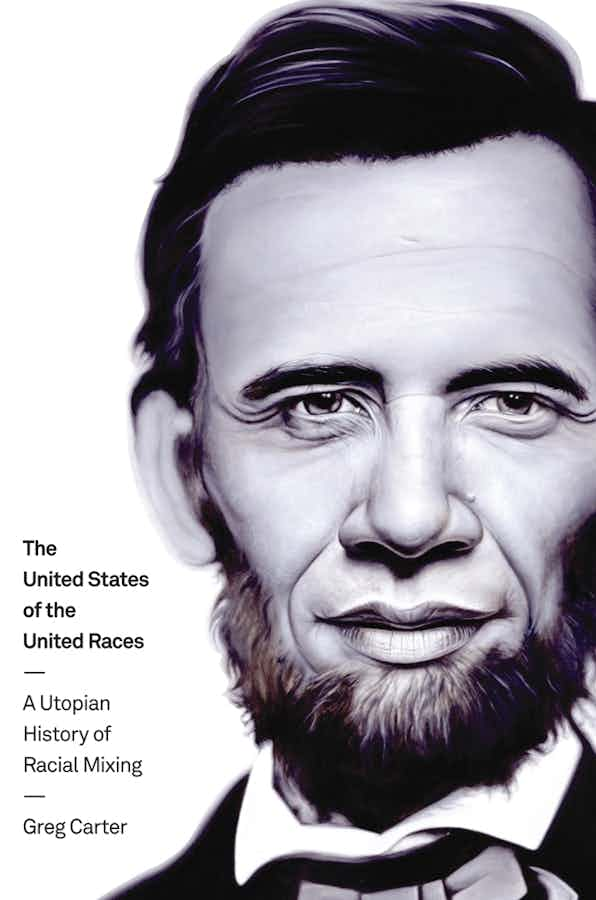The Outsiders Within: Telling Australia’s Indigenous-Asian Story
University of New South Wales Press
June 2007
256 pages
234 x 153mm
Paperback ISBN: 9780868408361
Peta Stephenson, Honorary Fellow
Asia Institute, University of Melbourne
An engaging account of the ways in which over hundreds of years Indigenous and Southeast Asian people across Australia have traded, intermarried and built hybrid communities. It is also a disturbing exposé of the persistent—sometimes paranoid—efforts of successive national governments to police, marginalise and outlaw these encounters.
Contents
- Introduction
- 1. Trading places
- 2. Makassan meetings
- 3. Dangerous liaisons
- 4. Colonial encounters
- 5. Paranoid nation
- 6. Invasion narratives
- 7. Where are you from?
- 8. Detoxifying Australia
- 9. Old roots, new routes
- Bibliography
- Interviews
- Index
Introduction
With a gun in hand Ah Hong, a Chinese cook and market gardener, shouted these words at the police: ‘you sleep with black women too. My woman’s got my kids.’ It was Alice Springs in the early 20th century and Ah Hong had committed the ‘crime’ of fathering three ‘mixed-race’ children. Ah Hong met Ranjika, a Western Arrernte woman, after the white man who stole her from her tribal husband abandoned her. Government officials targeted Ranjika and Ah Hong’s children for removal because they were of mixed Aboriginal-Asian descent. Reminding local officials that they also had sexual relationships with Aboriginal women. Ah Hong underlined the hypocrisy of fining or deporting Chinese and other Asian men because of their relationships with women or Aboriginal descent.
Around the same time, more than 2000 kilometres east in Queensland, another triangular relationship between Aboriginal, Chinese and white Australians was being played out. White authorities had seized Princy Carlo and her family (like many other ‘fringe-dwelling’ Aborigines) from their home country and packed them off to a government reserve more than 200 kilometres south-east. Princy Carlo was a mixed-race woman of Chinese and Wakka Wakka descent (from the Eidsvold district of southern Queensland, about 430 kilometres north-west of Brisbane). She did not yield to the assimilationist intent of government policy. Instead, she and her family established a camp they called ‘Chinatown’ at the Aboriginal settlement of Barambah (now Cherbourg).
The longstanding attempt to legislate Indigenous-Asian relations out of existence continues to cast its shadow today. Cathy Freeman is identified as Australia’s most famous Indigenous sportswoman, but she is also of Chinese descent. In the late 19th century, her great-great grandfather moved from China to northern Queensland, where he worked on sugarcane farms. In 2001 Freeman supported Beijing’s bid for the 2008 Olympic Games because of her Chinese heritage, but the English-language Australian media has entirely overlooked it. By contrast, in Chinese-language media inside and outside Australia, Freeman’s multicultural heritage is celebrated; many Chinese-Australians even hoped Freeman would win gold in the Sydney Olympics because of her Chinese descent. Is the suppression of Freeman’s heritage a sign that white Australia still wants to keep Asians and Aborigines apart?
The Outsiders Within is the story of the triangular relationship between Asians, Aborigines and white Australia. The three anecdotes just recounted are the tip of an historical iceberg. A unique and fascinating tradition of cross-cultural alliances between Indigenous and Asian Australian people exists in Australia, but it is largely unknown. In Broome, Western Australia, by the 1940s, cross-cultural unions between Indigenous and Asian people had become so commonplace that a majority of the Aboriginal population had some Asian ancestry. And, while Broome is an exceptionally multicultural society, an Indigenous-Asian heritage is a feature of most communities across northern Australia. Nor is it confined to the north: as this study shows, it stretches south to the metropolitan centres and, more recently, in the work of artists, film-makers and writers it has become part of a vigorously pursued project to understand Australia’s past and present differently. For the story we have to tell is both troubled and troubling. It obliges us to confront a legacy of discrimination, and to ask why the social, political and geographical legitimisation of Australia as a nation-state depended so profoundly on declaring Indigenous-Asian alliances illegitimate…



